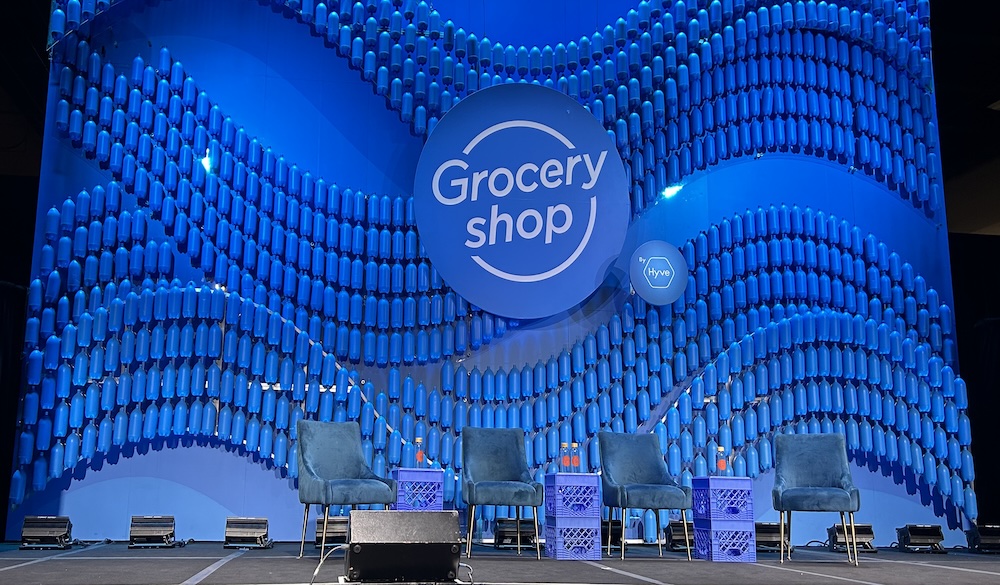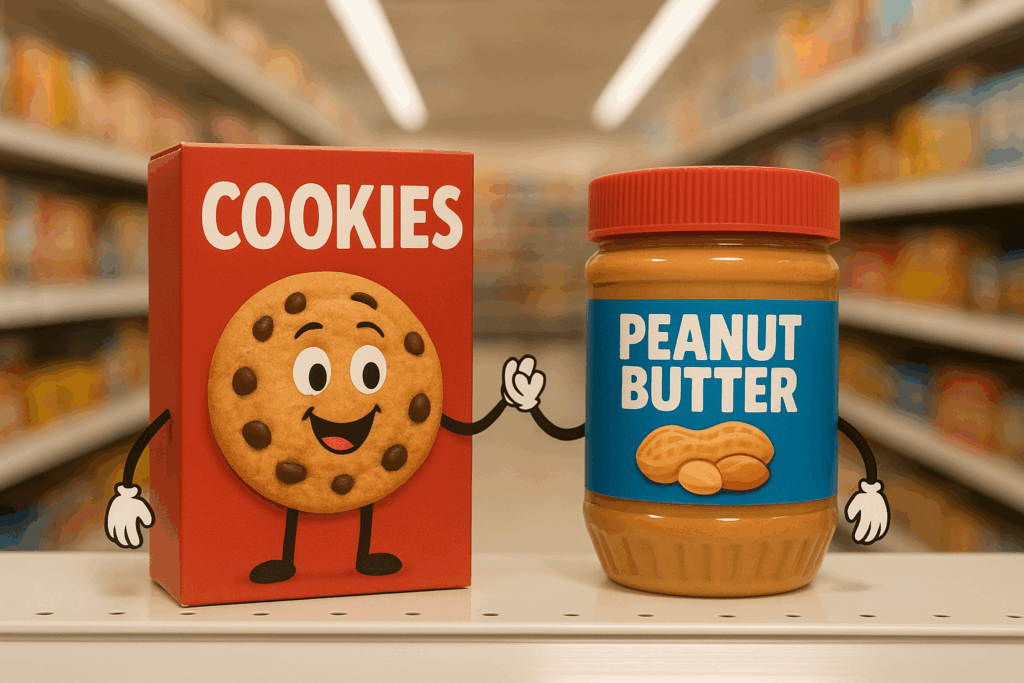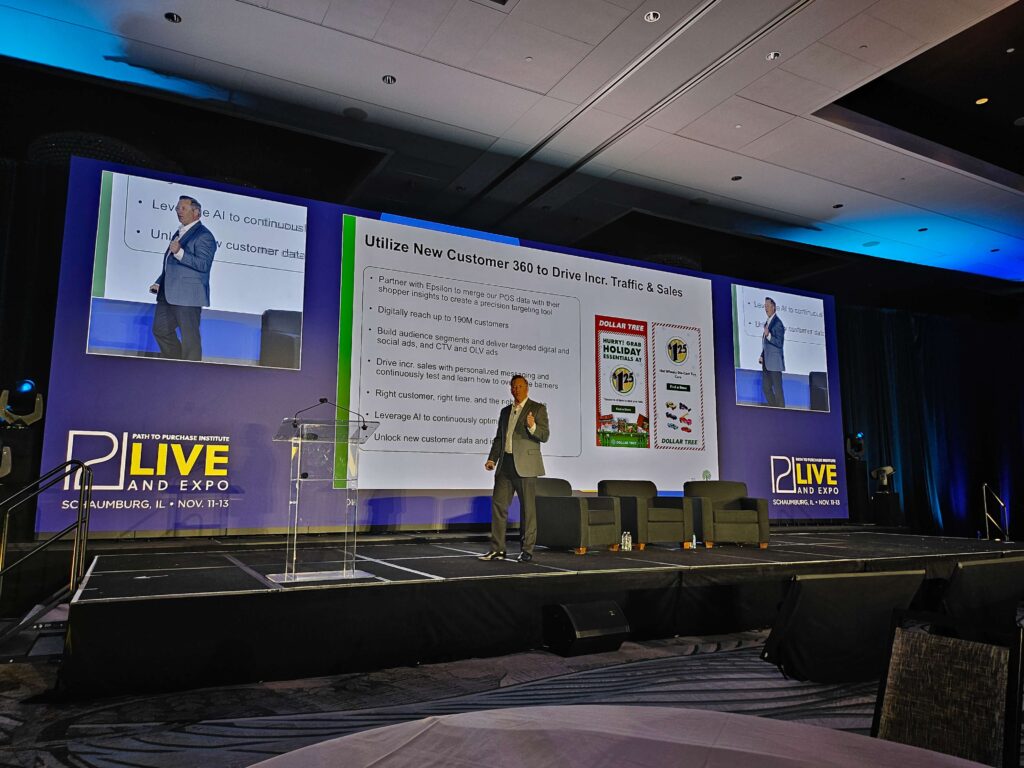By Victoria Salerno, Mars United Commerce
One of the most powerful themes at Groceryshop was the clear evolution of how retailers and brands are approaching collaboration. Instead of transactional relationships focused on short-term gains, there is a growing shift toward strategic partnerships rooted in shared goals, data transparency, and mutual value creation.
As the line between digital and physical commerce continues to blur, brands and retailers are actively working together to drive true growth by elevating entire categories and solving real consumer needs through deeper collaboration and aligned strategies.
Actionable Takeaways for Brands:
Redefine retailer-brand collaboration around shared outcomes. Brands increasingly are shifting their mindset from treating retailers as distribution channels to engaging them as true growth partners. Heather Hughes, Group VP, General Merchandise Manager of Health, Wellness & Nutrition at Walgreens, emphasized the importance of collaborating with brands that are focused on expanding entire categories, not just their own market share. For marketers, this means bringing a vision that enhances the customer experience while supporting the retailer’s broader business goals. Demonstrating how your brand contributes to category growth and aligns with retailer priorities is essential to earning shelf space and digital visibility.
Lead with data-driven problem solving, not promotions. Joe Sta-Romana, Chief Customer Officer of Haleon, highlighted the need for transparency and shared analytics to uncover opportunities. Brands must prioritize access to, and collaboration around, first-party data to understand common shopper pain points and co-create solutions. They should build campaigns rooted in consumer insights and backed by retailer data to ensure alignment and impact. Go beyond running ads to solve a real shopper problem together.
Sell the retailer value proposition, not just your product. Eric Skae, CEO of Carbone Fine Food, stressed the critical need for marketers to answer the “WIIFM” (“What’s in it for me?”) question from the retailer’s perspective. Brands that understand what matters most to retailers — whether it’s basket size, shopper loyalty, or category growth — and build a compelling narrative around those goals are more likely to succeed. Develop go-to-market strategies that clearly align brand objectives with retailer priorities.
Create value-added campaigns that extend beyond the shelf. Innovative partnerships like a GLP-1 informational campaign staged by Haleon and Walgreens exemplify how brand marketing can create real-world impact. By educating both consumers and pharmacists, the partners delivered a 360-degree experience that benefited everyone in the value chain — especially shoppers. Brands should look for ways to extend campaigns into education, service, or health outcomes, particularly in categories like wellness where trust and knowledge are key.
About the Author

Victoria Salerno is Senior Director of Commerce Media at Mars United. Based in Canada, she is responsible for working cross-functionally to develop impactful, actionable strategies while delivering quantifiable value for her clients. Salerno has a rich background of marketing and communication experience and has been supporting CPG companies in driving business growth since 2013.



